2 Nights / 3 Days

Information on Assam Wildlife: providing on-line reservation /booking for Assam Wildlife Tours on discounted rates, air/rail ticketing, car/ taxi / coach hire for travelling in Assam, Safari in Assam Wildlife Sanctuaries and national parks of Assam and optional extension tours to other tourist desitinations in India.
Assam is perhaps best-known for two things; tea and the one-horned rhinoceros found in large numbers at Kaziranga National park.
“On a gentle slope in the foothills of the Himalayas, where wooded hills give way to alluvial grasslands and tropical forests, the Manas sanctuary is home to a great variety of wildlife, including many endangered species, such as the Tiger, Pygmy Hog, Indian Rhinoceros and Indian Elephants”
About Manas National Park
Manas National Park is situated on the foothills of the Himalayas and a part of it extends to Bhutan. It was declared a sanctuary on October 01, 1928 and was designated a World Heritage site in December 1985. The sanctuary is home to a great variety of wildlife, including tiger, Golden Langur, Wild Buffalo, Hispid Hare, Pigmy Hog, Capped Langur, Indian one-horned Rhinoceros, Elephant, Gaur, Hog Deer, etc.
Manas known for its Project Tigers, Rhinos & Elephants, and is Assam’s one of the two Tiger projects. The scenic beauty and rare wealth of wild life combine with this unique world heritage site to offer one of the most enthralling experiences.
Flora in the Manas National Park
The vegetation that covers most of the park is of the mixed deciduous variety. This mixed forest is intermixed by small glades of grass where deer can be seen grazing in huge numbers. Altogether, Manas National Park Assam offers some of the most eye-pleasing natural surroundings in the country.
Fauna in the Manas National Park
The animal population of Manas National Park Assam is very diverse. Some of the more fierce or potentially aggressive creatures it holds within it’s confines are Tigers, Elephants, Rhinos, Wild Buffaloes, Leopards, Clouded Leopards and the amazingly beautiful and rare Black Panthers. The park is also a haven for highly endangered species of which it houses 20. Two of the unique residents of the park are the Hispid Hare and the Pygmy Hog.
Some of the other animals sighted while exploring the park are Gaurs, Swamp Deer, Capped Langurs, Golden Langurs, Assamese Macaques, Slow Loris, Hoolock Gibbons, Smooth Indian Otters, Sloth Bears, Barking Deer, Hog Deer, Sambar and Chital
Avifauna in the Manas National Park
Manas National Park in Assam is a favourite with many bird species, resident and migratory. Some of these are Giant Hornbills, Jungle Fowls, Bulbuls, Brahminy Ducks, Khaleej Pheasants, Egrets, Pelicans, Fishing Eagles, Serpent Eagles, Falcons, Scarlet Minivets, Bee-Eaters, Magpie Robins, Pied Hornbills, Gray Hornbills, Mergansers, Harriers, Ospreys and Herons.
The Safari in the Manas National Park
The Jeep, Elephant and Boat Rides
Ideal way to explore majority of Manas National Park is in a 4-wheel (Jeep) drive petrol vehicle it will get you to all the corners of the Manas Park without being too noisy. Some of the animals that comes out on the banks of the river Manas can be viewed from a boat which commences its ride from Mathanguri and ends around 35km away, from where one is picked up by pre-arranged transport. Another favourite option is the elephant rides organised by the park authorities from Mathanguri. These take you deep in to the densest areas of the forest and often right in between some of the wildlife there, including elephants, rhinos and wild buffaloes.
Best Time to Visit Manas National Park
The ideal time to visit the Manas national park is during the months of November to April.
How to Get there Air :
Manas Park is 176-kms from Guwahati. The nearest airport is Borjhar, which is situated, 5-km out of town, and can be reached by rickshaw, auto rickshaw or airline buses.
Rail : The nearest railhead is situated at Barpeta road.
Road : Buses regularly ply from Guwahati to Barpeta Road in 4½ hrs.
FACTFILE : Manas Tiger Reserve
Location of Manas Tiger Reserve: Barpeta, Assam, India
Area covered : 360 sq. km
Main Wildlife Found In Manas Tiger Reserve : Tiger, Leopard, Panther
Best Time To Visit : November to April
Kaziranga National Park lies on the south bank of the Brahmaputra and its boundary for the most part follows the Mora Diphlu river and runs parallel to National Highway No. 37. It covers an area of 688 sq. kms. The Park was first established in 1908, as a reserve forest with only about a dozen rhinos and was declared a National Park in 1974.
Kaziranga is famous for the great One-Horned Rhinos. Tigers which are natural enemies of rhinos are also there in sizable numbers in this area. Other attractions of this national park include the wild buffalo, magnificent swamp deer, hog deer, wild boar, Hoolok gibbon, capped langur and ratel (badger).
A wide variety of snakes including the rock python and the monitor lizard are also found here. Among the birds, the crested serpent eagle is common while palla’s fishing eagle and gray headed fishing eagle are frequently seen. Others include the Great Adjutant Stork, crane, Bengal floricab, bar-headed goose, whistling teal, and pelican.
Mihimukh is the starting area for the park and elephants can be hired from here to enter the sanctuary. Jeep Safari and early morning elephant rides can be arranged for at the Tourist Centre here.
How to Reach Kaziranga National Park
By air and rail at Jorhat (94 kilometres) and Guwahati (220 kilometres) from the park Nearest town is Bokaghat, 22 kilometre from the park.
Best time to visit Kaziranga National Park – November to March
FACTFILE : Kaziranga National Park
Location of Kaziranga National Park: Bokaghat, Assam, India
Area covered : 430 sq. km.
Main Wildlife Found In Kaziranga National Park : Rhino, Tiger, Leopard
Best Time To Visit : November to March.
About Manas National Park
“On a gentle slope in the foothills of the Himalayas, where wooded hills give way to alluvial grasslands and tropical forests, the Manas sanctuary is home to a great variety of wildlife, including many endangered species, such as the Tiger, Pygmy Hog, Indian Rhinoceros and Indian Elephants”…
About Manas National Park
Man as National Park is situated on the foothills of the Himalayas and a part of it extends to Bhutan. It was declared a sanctuary on October 01, 1928 and was designated a World Heritage site in December 1985. The sanctuary is home to a great variety of wildlife, including tiger, Golden Langur, Wild Buffalo, Hispid Hare, Pigmy Hog, Capped Langur, Indian one-horned Rhinoceros, Elephant, Gaur, Hog Deer, etc.
Manas known for its Project Tigers, Rhinos & Elephants, and is Assam’s one of the two Tiger projects. The scenic beauty and rare wealth of wild life combine with this unique world heritage site to offer one of the most enthralling experiences.
Flora in the Manas National Park
The vegetation that covers most of the park is of the mixed deciduous variety. This mixed forest is intermixed by small glades of grass where deer can be seen grazing in huge numbers. Altogether, Manas National Park Assam offers some of the most eye-pleasing natural surroundings in the country.
Fauna in the Manas National Park
The animal population of Manas National Park Assam is very diverse. Some of the more fierce or potentially aggressive creatures it holds within it’s confines are Tigers, Elephants, Rhinos, Wild Buffaloes, Leopards, Clouded Leopards and the amazingly beautiful and rare Black Panthers. The park is also a haven for highly endangered species of which it houses 20. Two of the unique residents of the park are the Hispid Hare and the Pygmy Hog.
Some of the other animals sighted while exploring the park are Gaurs, Swamp Deer, Capped Langurs, Golden Langurs, Assamese Macaques, Slow Loris, Hoolock Gibbons, Smooth Indian Otters, Sloth Bears, Barking Deer, Hog Deer, Sambar and Chital
Avifauna in the Manas National Park
Manas National Park in Assam is a favourite with many bird species, resident and migratory. Some of these are Giant Hornbills, Jungle Fowls, Bulbuls, Brahminy Ducks, Khaleej Pheasants, Egrets, Pelicans, Fishing Eagles, Serpent Eagles, Falcons, Scarlet Minivets, Bee-Eaters, Magpie Robins, Pied Hornbills, Gray Hornbills, Mergansers, Harriers, Ospreys and Herons.
Safari in the Manas National Park
The Jeep, Elephant and Boat Rides
Ideal way to explore majority of Manas National Park is in a 4-wheel (Jeep) drive petrol vehicle it will get you to all the corners of the Manas Park without being too noisy. Some of the animals that comes out on the banks of the river Manas can be viewed from a boat which commences its ride from Mathanguri and ends around 35km away, from where one is picked up by pre-arranged transport.
Another favourite option is the elephant rides organised by the park authorities from Mathanguri. These take you deep in to the densest areas of the forest and often right in between some of the wildlife there, including elephants, rhinos and wild buffaloes.
How to Get there Air :Manas Park is 176-kms from Guwahati. The nearest airport is Borjhar, which is situated, 5-km out of town, and can be reached by rickshaw, auto rickshaw or airline buses.Rail : The nearest railhead is situated at Barpeta road.
Road : Buses regularly ply from Guwahati to Barpeta Road in 4½ hrs.
FACTFILE : Manas National Park
Location of Manas National Park: Barpeta, Assam, India
Area covered : 360 sq. km
Main Wildlife Found In Manas National Park : Tiger, Leopard, Panther
Best Time To Visit : The ideal time to visit the Manas national park is during the months of November to April.
Whether You Want to Turn Into a Weekend Warrior Riding in the Wobbly Sledges and Trekking On the Mountains, or Simply Want to Spend the Fortnight Exploiting Your New Found Sainthood in the Holy Shrines, We have a Tour for You! Pg Iia Travels is a Notable Tour Operating Company Nestled in Chidambaram, Tamilnadu. We Organize Tours all Over India and Offer Many Theme Based Holiday Packages to South India. Read More...

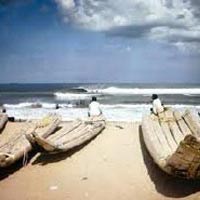 9D/8N
9D/8N
PGITP 67: 08 Nights / 09 Days Tamilnadu ..
Chennai - Kanchipuram - Mamallapuram - Pondicherry - Madurai - Rameshwaram - Thanja..
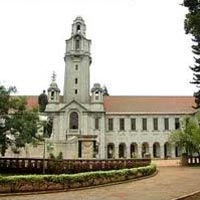 4D/3N
4D/3N
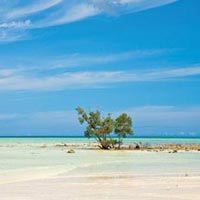 7D/6N
7D/6N
 5D/4N
5D/4N
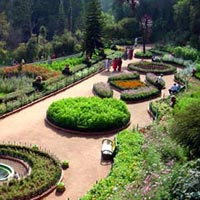 4D/3N
4D/3N
 3D/2N
3D/2N
 2D/1N
2D/1N
 2D/1N
2D/1N
 1D/0N
1D/0N
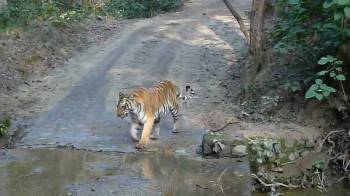 3D/2N
3D/2N
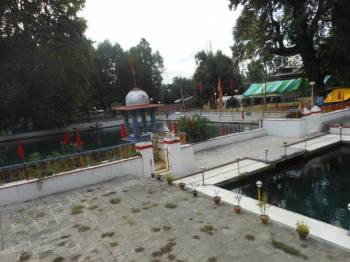 3D/2N
3D/2N
Srinagar ,Pahalgam , Gulmarg, Sonamarg, ..
Srinagar - Pahalgam - Gulmarg - Sonamarg
 3D/2N
3D/2N
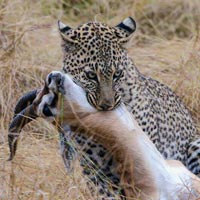 3D/2N
3D/2N
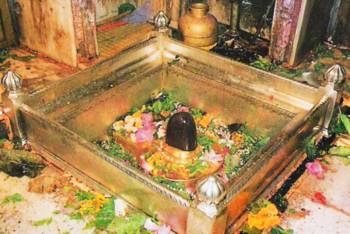 3D/2N
3D/2N
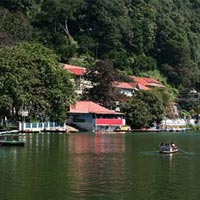 3D/2N
3D/2N
 3D/2N
3D/2N
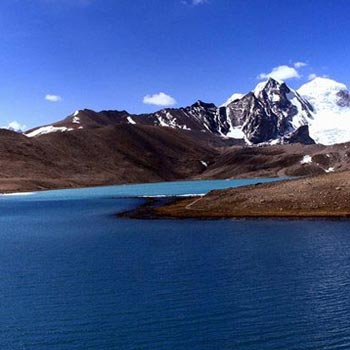 3D/2N
3D/2N
 3D/2N
3D/2N
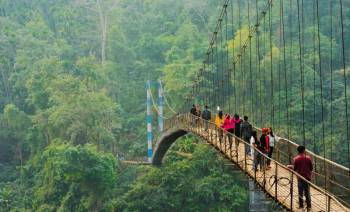 7D/6N
7D/6N
7 days 6 night Kaziranga Manas Shillong ..
Guwahati - Kaziranga - Shillong - Barpeta
 6D/5N
6D/5N
 4D/3N
4D/3N
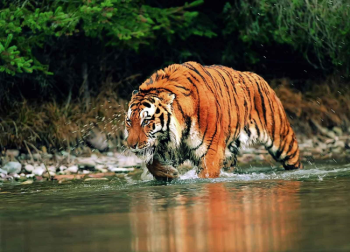 6D/5N
6D/5N
 7D/6N
7D/6N
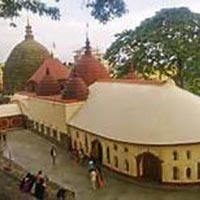 3D/2N
3D/2N
 2D/1N
2D/1N
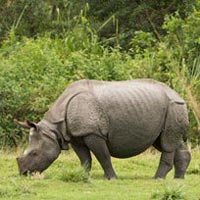 15D/14N
15D/14N
Wildlife Tour of Assam & Arunachal Tour
New Delhi - Guwahati - Barpeta - Sonitpur - Tinsukia - Changlang - Dibrugarh - Kolk..
 8D/7N
8D/7N
Manas, Shillong, Mawlynnong, Dawki, Cher..
Barpeta - Shillong - Guwahati - Cherrapunji - East Khasi Hills - Jaintia Hills